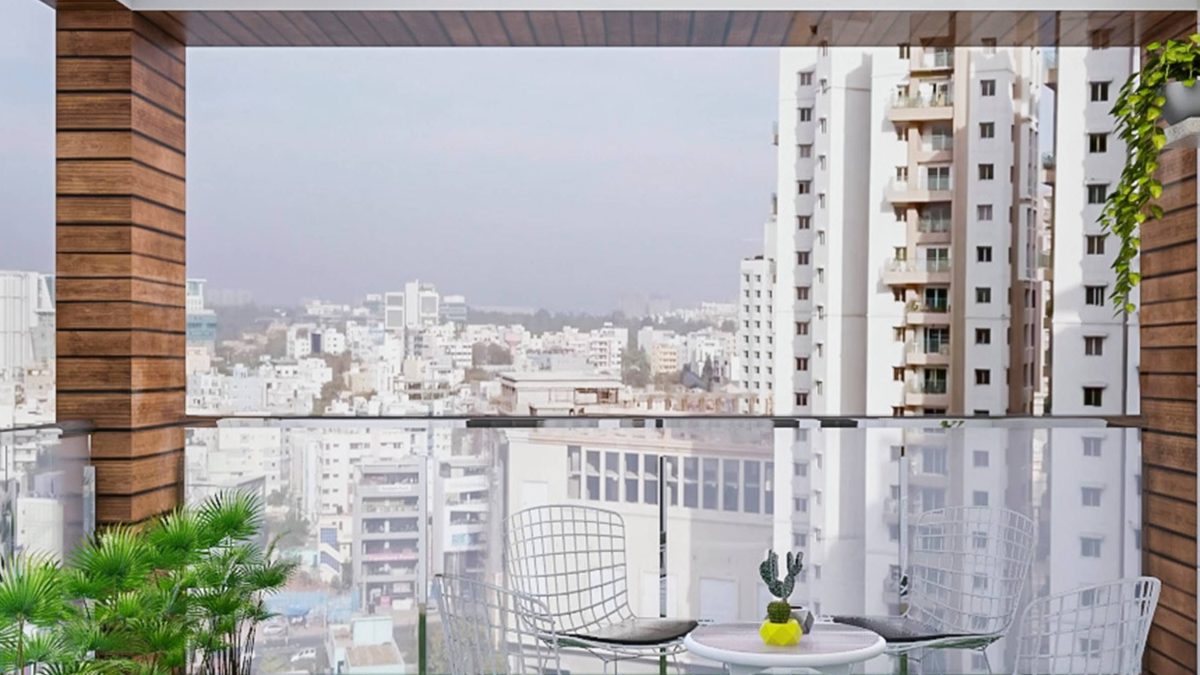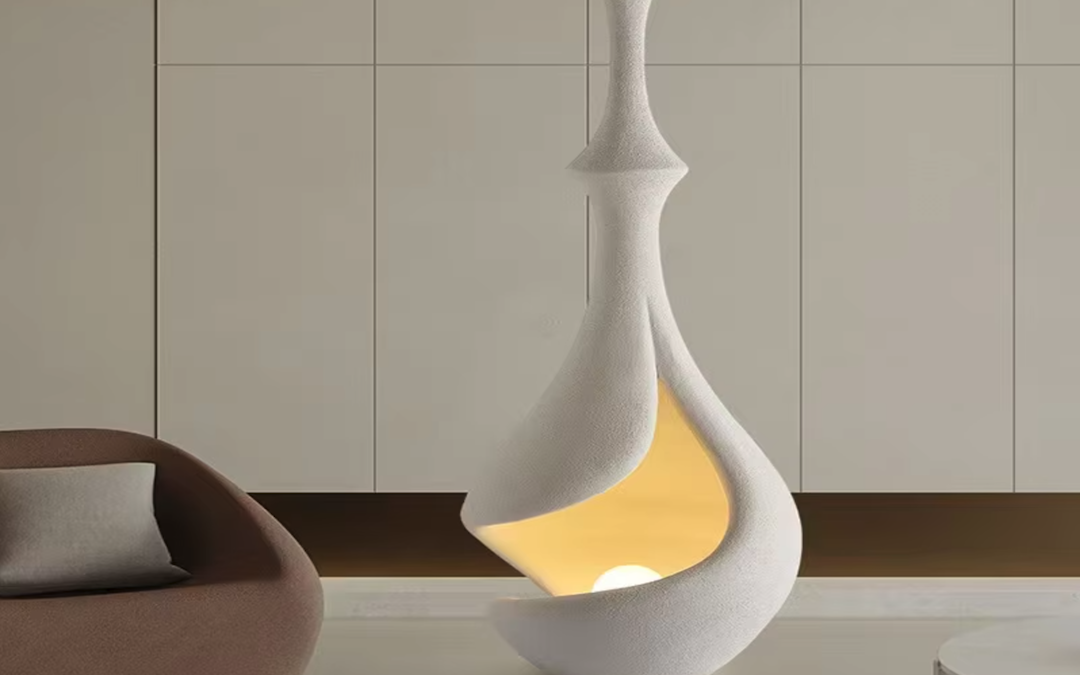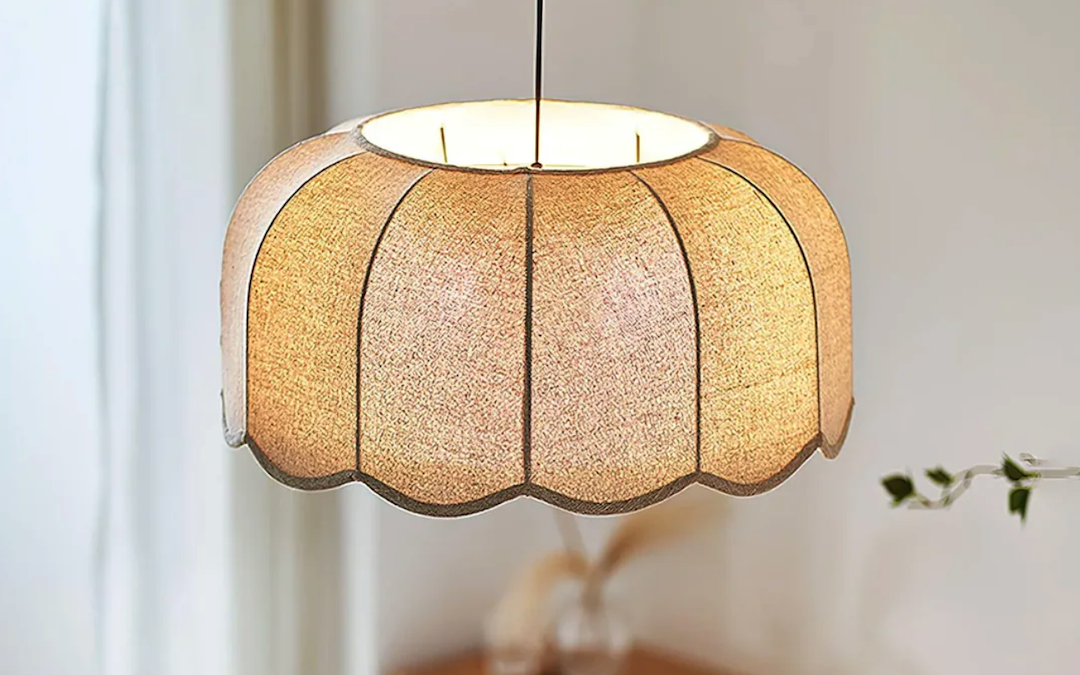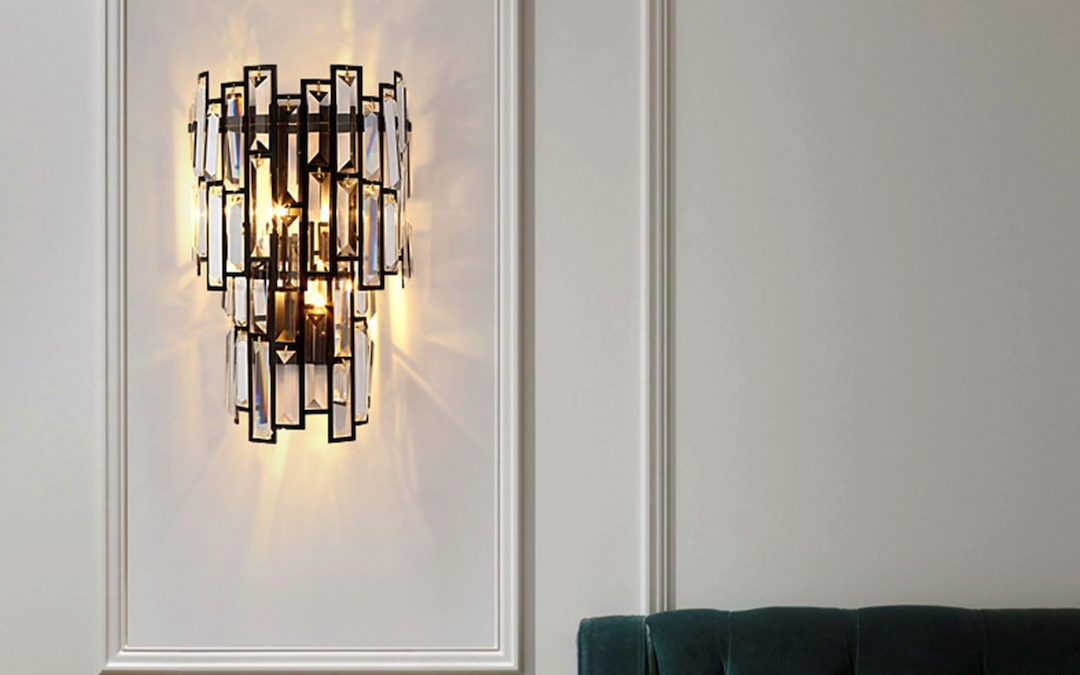
Overhead Elegance: Exploring the Beauty and Function of Ceilings
The Importance of Ceilings in Architecture
Ceilings are one of the most important aspects of interior design and architecture. They serve as a functional element, providing insulation, soundproofing, and ventilation. At the same time, they also contribute greatly to the overall aesthetic appeal of a space. Often overlooked and underappreciated, ceilings have the potential to add character, depth, and elegance to any room.
The Evolution of Ceiling Design
Over the years, ceiling design has evolved from simple wooden beams and plaster finishes to intricate designs featuring molded plaster, coffered ceilings, and decorative painted patterns. Different architectural styles have also influenced ceiling design, with each era bringing its own unique aesthetic to the table. From the Baroque and Rococo styles of the 17th and 18th centuries to the clean, minimalist designs of the modern era, ceilings have been shaped by cultural trends and artistic movements.
Baroque and Rococo Design
During the Baroque and Rococo periods, ceilings were often painted with elaborate scenes and murals. Ornate moldings, plasterwork, and sculptures were also used to create a grand and opulent effect. These ceilings were a symbol of wealth and status, and they often featured mythical and religious themes.
Art Nouveau Design
In the Art Nouveau period, organic shapes and flowing lines were used to create decorative patterns on ceilings. This style was characterized by its use of natural elements such as flowers and leaves, and its rejection of the straight lines and rigid symmetry of earlier architectural styles.
Modern Design
In the modern era, ceilings have become more minimalistic and streamlined. Simple lines and geometric shapes are often used to create a clean and contemporary look. However, even in modern design, there is still room for creativity and artistic expression. The trend towards sustainable design has also influenced ceiling design, with many architects and designers using recycled materials and eco-friendly technologies to create functional and beautiful spaces.
Types of Ceilings
There are many different types of ceilings, each with its own unique advantages and disadvantages. Some popular types of ceilings include:
Coffered Ceilings
Coffered ceilings are made up of a grid of recessed panels, often decorated with molded plaster or wood. They add depth and dimension to a space and can make a room feel larger and more grand.
Suspended Ceilings
Suspended ceilings are hung from the ceiling joists or beams using a metal grid system. They provide a smooth and even surface and are often used in commercial spaces and basements.
Vaulted Ceilings
Vaulted ceilings are characterized by their arched shape and are often used to create a dramatic effect in a room. They can make a space feel more open and airy and are particularly popular in churches and other religious buildings.
Tray Ceilings
Tray ceilings are created by recessing the center of the ceiling and creating a border around it. They add dimension and interest to a room and are often used in dining rooms and bedrooms.
The Benefits of a Well-Designed Ceiling
A well-designed ceiling can have a number of benefits for both residential and commercial spaces. Some of the key benefits include:
Improved Acoustics
A well-designed ceiling can help to absorb sound and reduce noise levels, creating a more peaceful and comfortable environment.
Increased Energy Efficiency
Proper insulation and ventilation can help to reduce energy costs by maintaining a consistent temperature and improving airflow.
Enhanced Aesthetics
A beautiful ceiling can add character and elegance to a space, creating a unique and memorable atmosphere.



